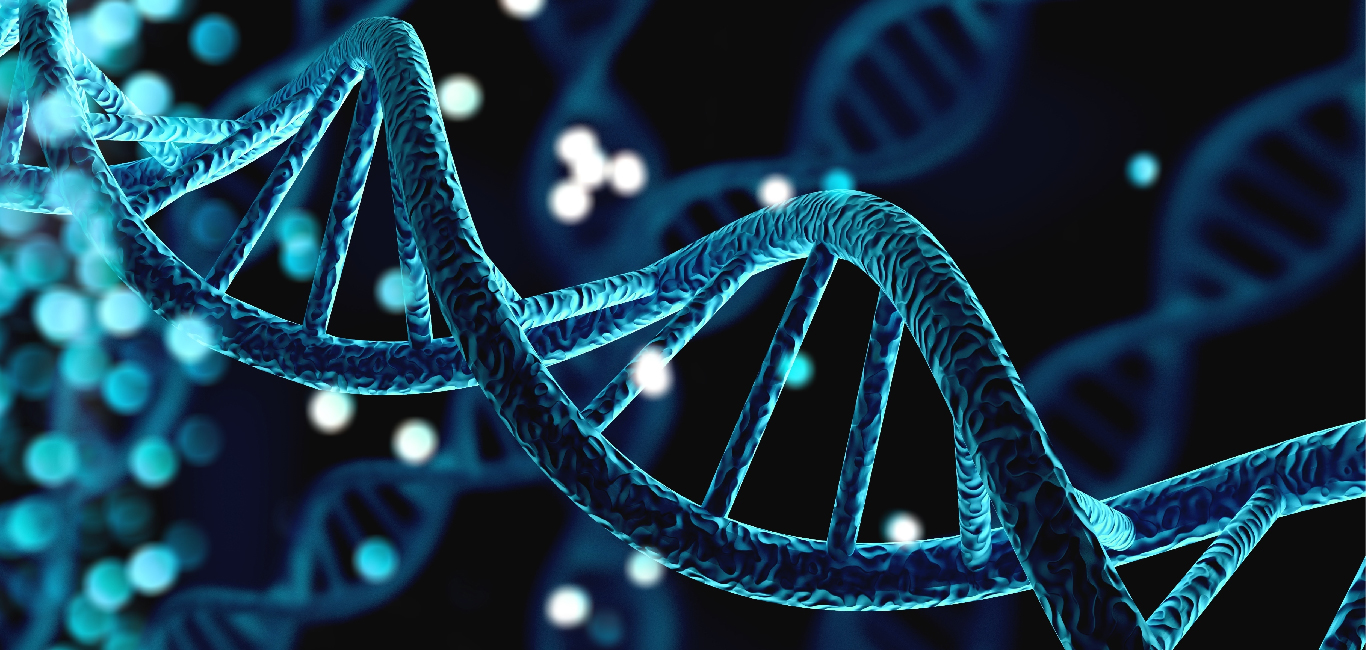
Scientists at the Chalmers University of Technology in Sweden have, with the help of artificial intelligence (AI), designed synthetic DNA that can control which protein and how much of it a cell produces.
The researchers said the technology has the potential to revolutionise how we manufacture vaccines, drugs for severe conditions and alternative food proteins, making the process significantly faster and less expensive than today.
Also read
AI-powered eye-scans can predict your heart attack risk
A novel DNA sequencing to catch cancer early
Brain imaging is costly and tedious. New AI techniques could change this
They did this by teaching the artificial intelligence the structure and regulatory code of DNA and then getting it to design the synthetic DNA molecule from scratch. This molecule can then be tweaked in the desired direction of gene expression.
“…we have succeeded in designing our own DNA that contains the exact instructions to control the quantity of a specific protein,” Aleksej Zelezniak, associate professor of Systems Biology at the Chalmers University of Technology, who led the research group, said in a statement.
To put it more simply, the genetic code contained within our DNA gets transcribed into molecule messenger RNA (mRNA). This in turn tells a cell which protein to produce and in which quantities, to carry out various metabolic functions.
So far, the best way to hack this process has been to read a DNA sequence, modify it, then read the sequence again. However, given the complexity of the DNA molecule, this process of modifying and studying if the cells produce the required proteins takes years.
The researchers at the University of Chalmers say their method reduces the time taken to do this to days and weeks from months and years earlier.
The type of drugs this technique will be able to yield will be similar to the mRNA vaccine for Covid, which passed on the genetic code to instruct the body’s cells to produce the ‘spike’ protein found on the surface of the coronavirus. The body’s immune system then learnt how to make antibodies from this protein to protect an individual from the virus.
“(It is) experimentally extremely challenging to make changes to it (DNA) by iteratively reading and changing it, then reading and changing it again. This way it takes years of research to find something that works. Instead, it is much more effective to let an AI learn the principles of navigating DNA,” said Jan Zrimec, research associate at the National Institute of Biology in Slovenia, and lead author of the study.
The researchers have developed and tested this new AI model in yeast cells (selected for being similar to mammalian cells) and say that the next step will involve using it on human cells. The hope is that the cost of drug development will come down drastically should the use of AI be successful.
“Protein-based drugs for complex diseases or alternative sustainable food proteins can take many years and can be extremely expensive to develop. With our technology, it is possible to develop and manufacture proteins much more efficiently so that they can be marketed,” said Zelezniak.

















